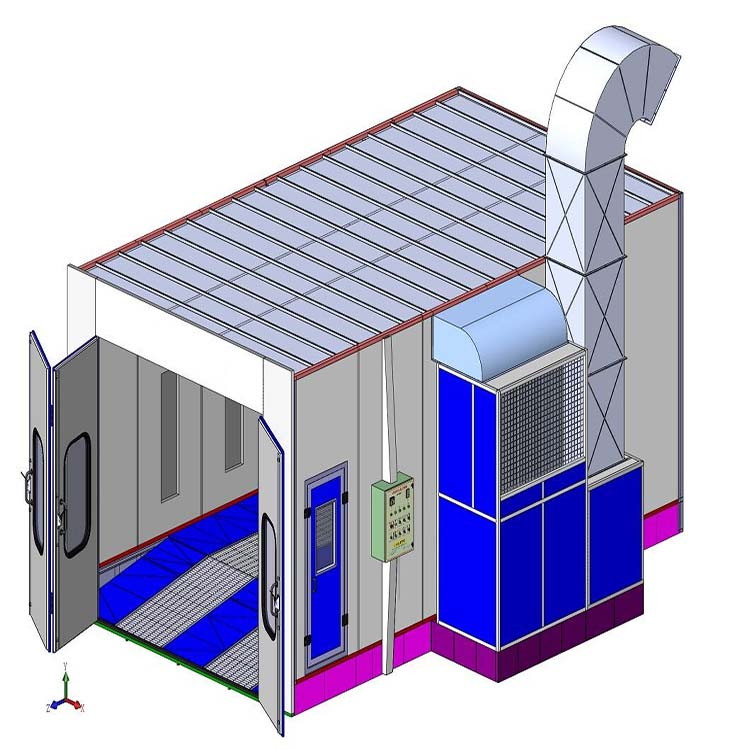2. Baffles must be installed at the air inlets and openings, so that the abrasive and dust particles during sandblasting will fly to the adjacent working area as little as possible under the combined action of the air intake and the baffles, and dust will not pass from the air inlets. Or overflow from the opening.
3. The air volume for ventilation should be enough to make the dust-laden air in the cleaning room disappear soon after the shot blasting work is finished.
4. The door of the cleaning room can only be opened after the sandblasting operation is stopped, and the work of the ventilation system can only be stopped after the dust-laden air in the room is eliminated.
5. The air discharged from the blast cleaning device must be purified by the dust removal device and then discharged into the atmosphere. The dust accumulated in the dust removal device should be easy to clean and transport, and it is not allowed to cause pollution to other working areas.
6. The wind speed of each section of the ventilation system should be selected correctly. If the wind speed in the pipeline is too low, the material will be blocked in the pipeline due to lack of sufficient energy. The blockage of the horizontal pipeline is likely to be caused by the low wind speed. Excessive wind speed in the pipeline will not only increase system resistance and energy consumption, but also accelerate equipment wear.
7. Too low wind speed at the air inlet of the blasting room in the ventilation system will cause the dust in the blasting room to overflow. If the wind speed of the suction port is too high, the abrasive will be sucked into the ventilation duct or even the dust collector, which not only increases the unreasonable consumption of the abrasive, but also shortens the service life of the dust collector.
8. Baffles should be installed at the air inlet and suction outlet of the sandblasting room to prevent dust from overflowing or abrasives from being sucked into the ventilation system.
9. Set some air volume control valves on the ventilation pipes to adjust the air volume as needed to make the wind speed in the system reach a reasonable level.
10.The dust-laden air in the ventilation system flows in the ventilation ducts. When designing the ventilation ducts, in addition to the correct selection of the wind speed in the ducts, some structural designs must be carefully dealt with to minimize the amount of air in the ventilation ducts. resistance.


